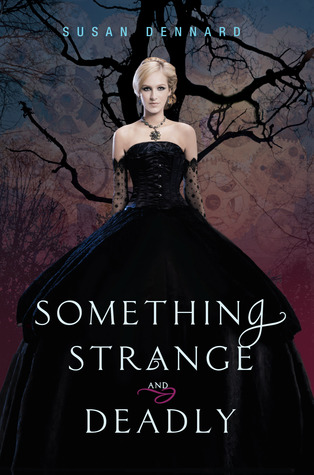
Today's nonfiction post is on Shakespeare's First Folio: Four Centuries of an Iconic Book by Emma Smith. It is 320 pages long and is published by Oxford University Press. The cover is black with the first folio on the bottom opened to Richard the Third. The intended reader is someone very interested in the physical history of the copies of the first folio. There is no foul mild language, no sex, and no violence in this book. There Be Spoilers Ahead.
From the dust jacket- This is a biography of a book: the first collected edition of Shakespeare's plays printed in 1623 and known as the First Folio. It begins with the story of its first purchaser in London in December 1623, and goes on to explore the ways people have interacted with this iconic book over the four hundred years of its history. Throughout, the stress is on what we can learn from individual copies now spread around the world about their eventful lives. From ink blots to pet paws, from annotations to wineglass rings, First Folios teem with evidence of its place in different contexts with different priorities.
This study offers new ways to understand Shakespeare's reception and the history of the book. Unlike previous scholarly investigations of the First Folio, it is not concerned with the discussions of how the book came into being, the provenance of its texts, or the technicalities of its production. Instead, it reanimates, in narrative style, the histories of this book, paying close attention to the details of individual copies now located around the world--their bindings, marginalia, general condition, sales history, and location--to discuss five major themes: owning, reading, decoding, performing, and perfecting.
This is a history of the book that consolidated Shakespeare's posthumous reputation: a reception history and a study of interactions between owners, readers, forgers, collectors, actors, scholars, booksellers, and the book through which we understand and recognize Shakespeare.
Review- This is an interesting book but not easy to read. It is very scholarly and detailed but at times it can make your eyes cross. Smith follows the surviving copies of the first folio and traces their history. She writes about how people have interacted with their personal copies of the first folio. From the food stains to the notes in the margins, she examines the remains of these owners and the marks they left behind. It was very interesting to see what people did to the first folio and sometimes I was pulling my hair. Like a copy that a Jesuit monastery had they removed all the female roles from the text. They cut out pieces from a first folio! It was interesting to read this history of one of the most iconic books ever printed.
I give this volume a Three out of Five stars. I get nothing for my review and I borrowed this book from my local library.









